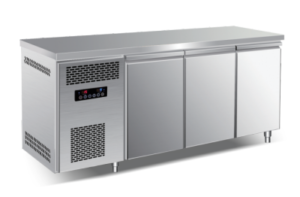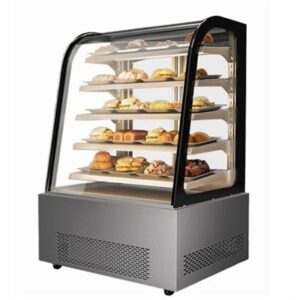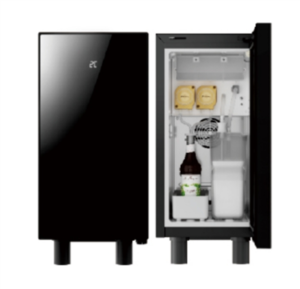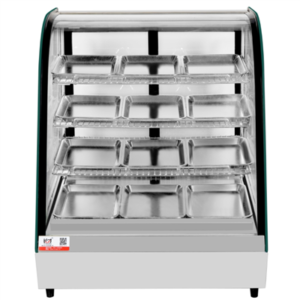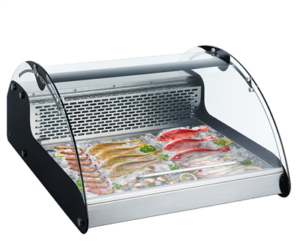Refrigerators account for 15–20% of household electricity bills. With rising energy costs, optimizing your fridge’s efficiency can save **100 annually**. Here are science-backed tips:
- Optimal Temperature Settings
- Set the fridge to and freezer to . Every ** colder increases energy use by 6%**.
- Seal Check & Maintenance
- Test door gaskets with the A4 paper method: If it slides out easily, replace the seal to prevent 15–20% energy loss.
- Defrost Regularly
- Ice buildup **>5mm thick** reduces efficiency by 30%. Defrost manually or use auto-defrost models.
- Smart Loading Practices
- Fill 70–80% of space to stabilize temperatures but allow airflow (leave 10mm gaps between items).
- Location Matters
- Place the fridge away from heat sources (ovens, sunlight) and ensure 10cm clearance for ventilation.
- Energy-Saving Mode
- Enable **”Vacation Mode”** when unused for days. Modern inverters cut idle power by 40%.
- Upgrade to ENERGY STAR® Models
- Certified refrigerators use 20–30% less energy than standard units.
- Limit Door Openings
- Each 10-second opening takes 45 minutes to restore temperature. Use transparent bins to locate items quickly.
- Cool Food Before Storing
- Hot dishes increase compressor workload by 25%. Let them cool to room temperature first.
- Clean Condenser Coils
- Dust-clogged coils raise energy use by 30%. Vacuum them every 6 months.
Pro Tip: Pair these with smart plugs to monitor real-time consumption and detect malfunctions.
